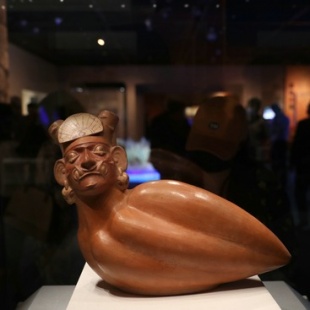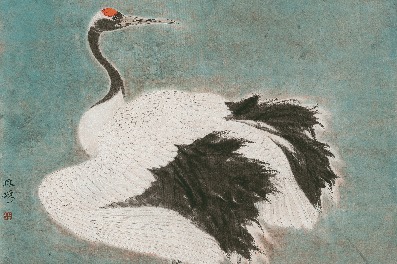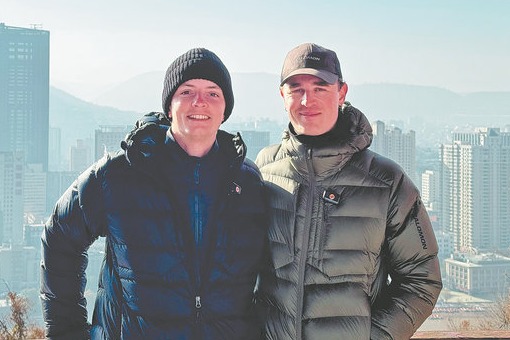Peaks of civilization
Beijing's Capital Museum offers the opportunity to explore the deep and vibrant history of the early South American cultures to emerge in the shadow of the Peruvian Andes, Wang Kaihao reports.


As she points out, some exhibits also show the dedication of cultural relic conservators. Several large pottery urns were used as funeral objects. They were deliberately broken into pieces before being buried as part of a traditional custom.
Thanks to Peruvian restorers' efforts, the pieces have been put back together and now display the complete and exquisite decorative patterns.
Izumi Shimada, a Japanese archaeologist with Southern Illinois University, is the chief curator of the exhibition. The scholar, known for his studies of Andean civilization, likes to keep an open mind about organizing the tour display.
As he mentions during his introduction of the exhibition, archaeological findings are the only things people can rely on to reestablish the history of Andean civilization because there was no textual recording, and some previous conclusions of research can be proved wrong by new findings.
Before the exhibition came to Beijing, since September 2019, it had toured five other provincial-level museums in Shanxi, Tianjin, Chongqing, Hunan and Guangdong.
According to Huang, the Capital Museum was not in the initial schedule of the tour, but the outbreak of COVID-19 reshuffled the original plan.
As this year marks the 50th anniversary of the establishment of diplomatic ties between China and Peru, this extra session in Beijing becomes a gift for the celebration of that milestone. Many stories and background information have been added to better explain the Peruvian artifacts to visitors to the Beijing museum.
"People along the Andes faced many difficulties brought about by geological conditions, but that varied landscape is also the base that nurtured such cultural diversity," says Luis Quesada, Peruvian ambassador to China.
"The experiences left by the native people living on the land of today's Peru has helped us to realize the importance of communication and exchange among different civilizations."
Contact the writer at wangkaihao@chinadaily.com.cn





































